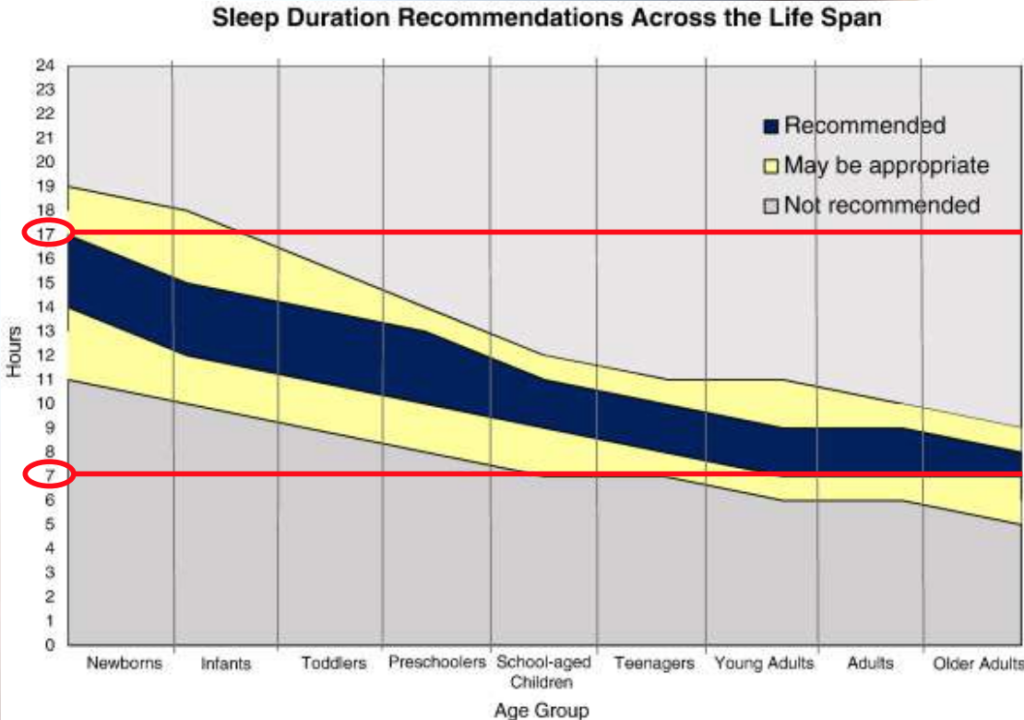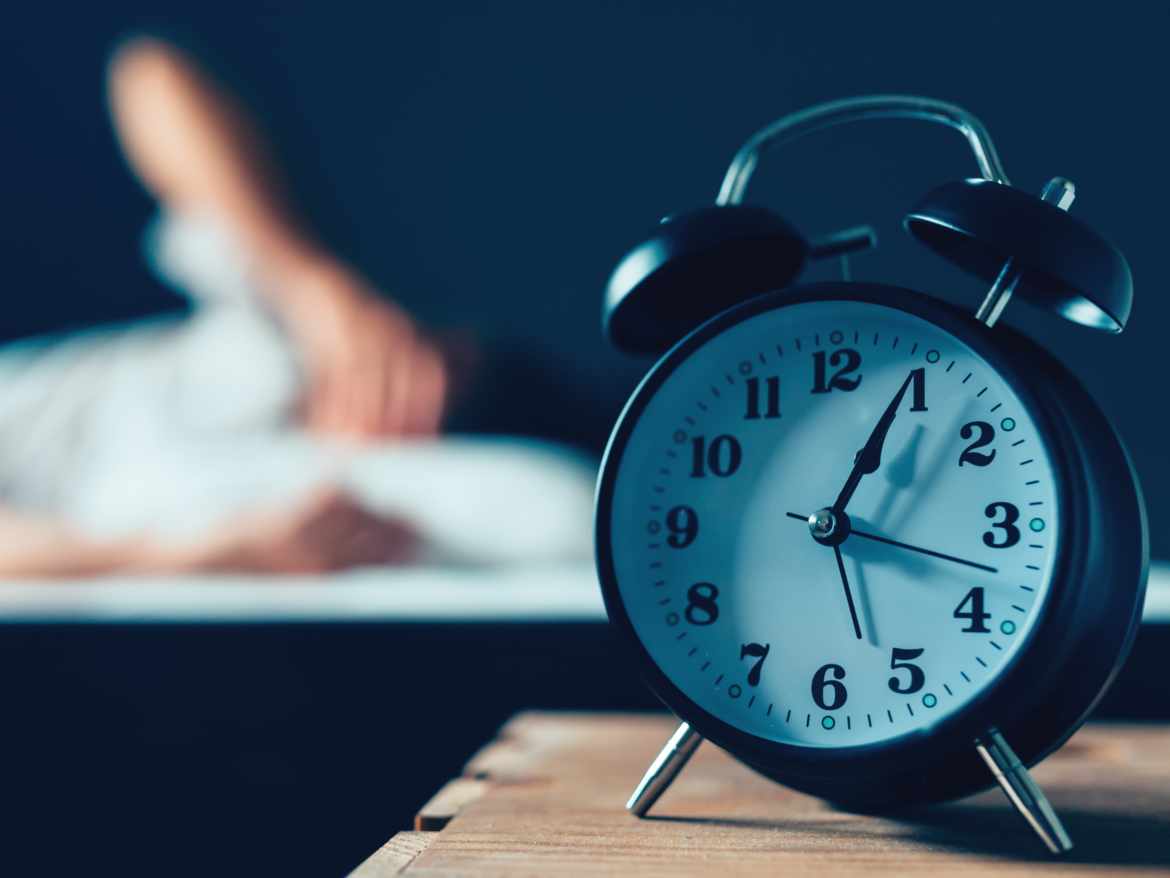During a keynote speech at the 3rd international conference on 22q11 in Barcelone, Dr. Jaume Morey Canyelles covered topics on sleep disturbances in general and with 22q11.
What is “healthy sleep”?
According to the National Sleep Foundation, a healthy sleep lasts 7-9 hours for adults, and 9-11 hours for children. A good sleep is also defined by efficiency, which suggests limited awakenings and latency. It also requires limited naps (no more than one per 24h, of less than 20-30 minutes).

Sleep difficulties
Sleep difficulties are common for patients with 22q11DS. Indeed, they have many risk factors stemming from issues including airways, respiration, cardiac, neurologic or psychiatric troubles. These difficulties can lead to disorders such as insomnia, sleep apnea or leg cramps, which can have consequences in the short-term and the long-term.
Management of sleep difficulties
Patients with 22q11 should see a doctor when symptoms related to the lack of sleep appear. The health professionals will then evaluate the quality of the sleep, using polysomnographic methods. They will provide the patients with guidelines of sleep-related behaviors to promote good sleep hygiene, which are necessary but could not be enough if other sleep-hindering factors are still present. Another area of action of the health professional is the sleep environment (which include the physical environment, the sleeping space and the sleep position).
All in all, doctors can use a mix of non-pharmacological interventions as well as pharmacological interventions to ensure good sleep quality. Nevertheless, the latter should be considered only after, and not substituting, sleep hygiene and nonpharmacological interventions.
